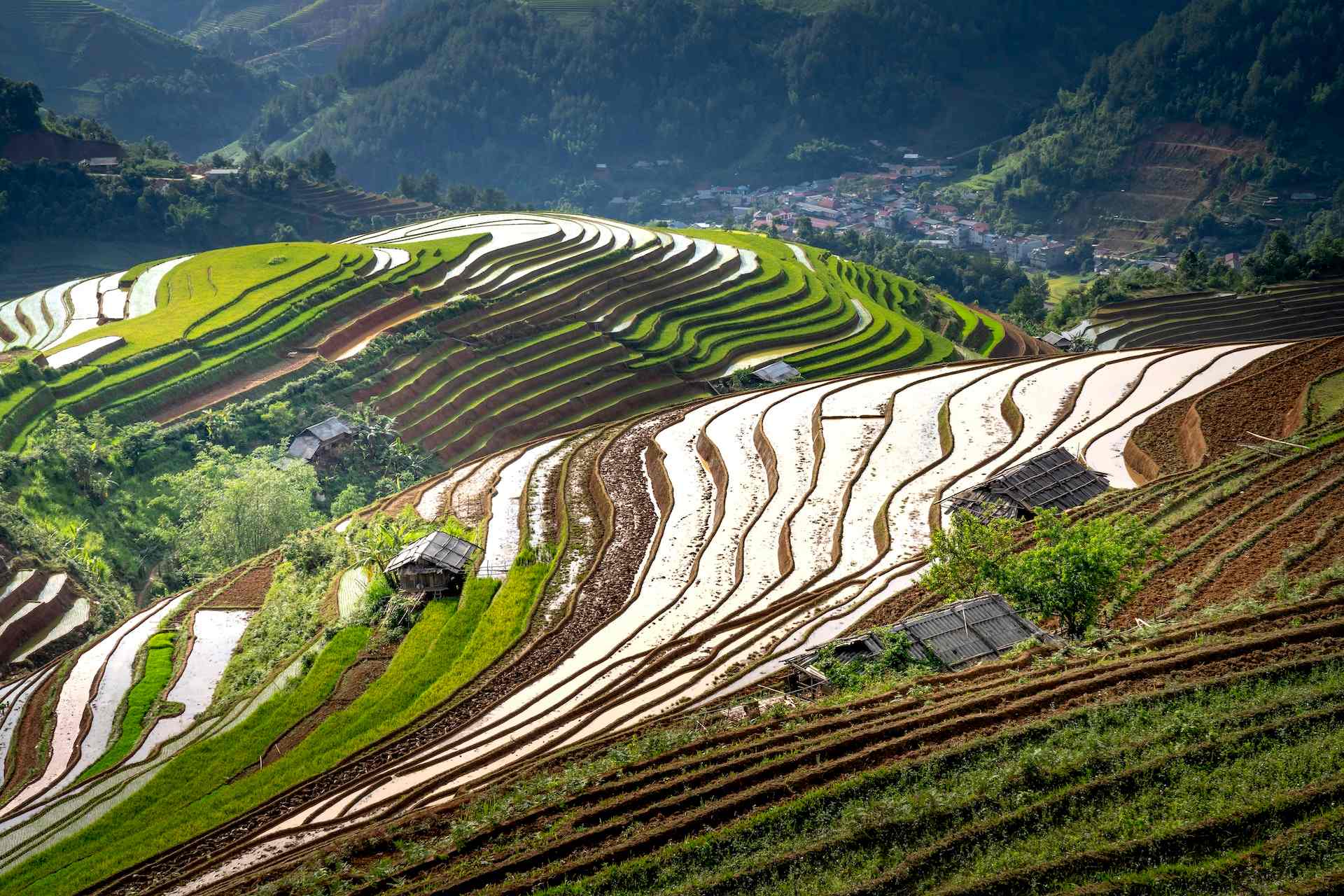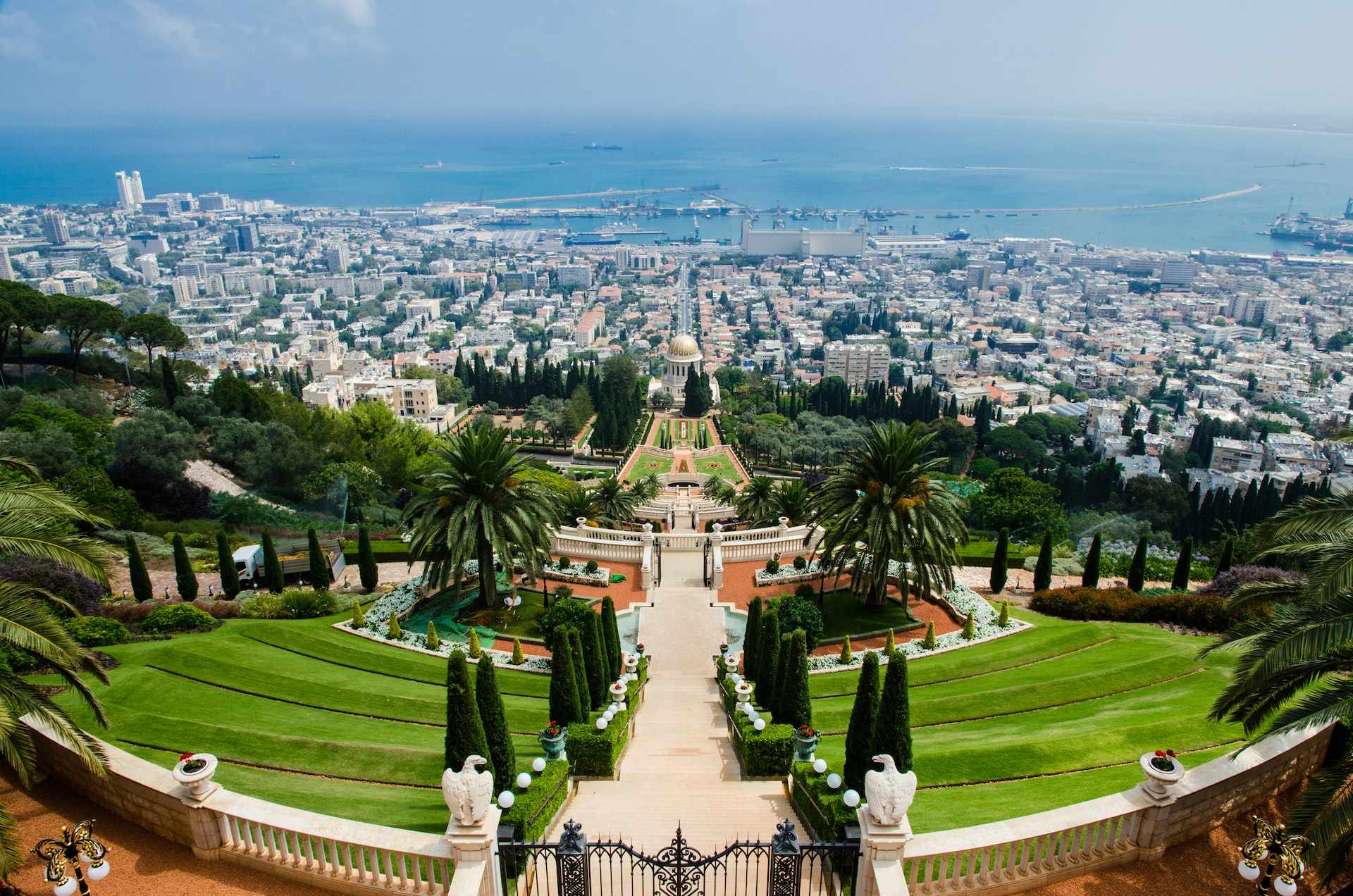The best things to do in Gyeongju
Gyeongju, located in the southeast of South Korea, is a city steeped in history and culture. Known as the “museum without walls,” Gyeongju is home to numerous historical sites and landmarks that offer a glimpse into the city’s rich past. From ancient tombs to temples and museums, there is no shortage of things to see and do in Gyeongju. In this article, we will take a look at some of the top things to do in Gyeongju.
Explore the Bulguksa Temple
The Bulguksa Temple, a UNESCO World Heritage site, is one of the most popular tourist attractions in Gyeongju. The temple, built in the 8th century, is a masterpiece of Silla architecture and is home to many important cultural artifacts. Visitors can explore the temple’s main hall, which houses a statue of the Sakyamuni Buddha, as well as the Daeungjeon Hall, which contains statues of the historical Buddha and the Maitreya Buddha.
Visit the Gyeongju National Museum
The Gyeongju National Museum is the perfect place to learn more about the history and culture of Gyeongju. The museum houses a vast collection of artifacts from the Silla Kingdom, including gold crowns, jewelry, and pottery. Visitors can also see the world’s oldest astronomical observatory, the Cheomseongdae, which was built in the 7th century.
Explore the Tumuli Park
The Tumuli Park, also known as the “Royal Tombs Park,” is home to over 20 tombs of the Silla kings and queens. The tombs, which are shaped like mounds, are a unique and fascinating aspect of Gyeongju’s history. Visitors can explore the tombs, which are surrounded by beautiful gardens, and learn more about the Silla Kingdom’s royal family.
Take a Walk Along the Cheomseongdae Observatory
The Cheomseongdae Observatory is an ancient astronomical observatory that was built in the 7th century during the Silla Kingdom. The observatory is considered to be the oldest surviving observatory in East Asia and is a unique example of ancient Korean technology. Visitors can take a walk along the observatory and learn more about its history and significance.
Visit the Seokguram Grotto
The Seokguram Grotto is a UNESCO World Heritage site that is located on the slopes of Toham Mountain. The grotto is home to a statue of the Buddha, which is considered to be one of the greatest masterpieces of Buddhist art in the world. Visitors can explore the grotto and see the statue, which is surrounded by beautiful carvings and frescoes.
Take a Stroll Through the Gyeongju Historic Area
The Gyeongju Historic Area is a UNESCO World Heritage site that is home to many of Gyeongju’s historical landmarks and sites. Visitors can take a stroll through the historic area and see sites such as the Cheomseongdae Observatory, the Gyerim Forest, and the Anapji Pond. The historic area is also home to many traditional Korean houses, which offer a glimpse into the city’s past.
Visit the Gyeongju Hyanggyo Confucian School
The Gyeongju Hyanggyo Confucian School is a Confucian school that was built in the 9th century during the Silla Kingdom. The school was used to teach Confucianism to government officials and was an important center of learning during its time. Visitors can explore the school and learn more about Confucianism and its role in Korean history.
Visit the Gyeongju Gyochon Traditional Village
The Gyeongju Gyochon Traditional Village is a traditional Korean village that offers visitors a glimpse into the city’s past. The village is home to traditional Korean houses, which have been preserved to look as they did centuries ago. Visitors can also see traditional Korean crafts being made and try traditional Korean food.
Take a Hike to the Tohamsan Mountain
Tohamsan Mountain offers visitors a chance to escape the city and enjoy nature. The mountain is home to a number of hiking trails, which offer beautiful views of the surrounding area. Visitors can also see the Seokguram Grotto, which is located on the mountain.
Visit the Gyeongju Traditional Market
The Gyeongju Traditional Market is a great place to shop for traditional Korean goods. Visitors can find a variety of goods such as pottery, traditional clothing, and crafts. The market is also a great place to try traditional Korean street food.
In conclusion, Gyeongju offers a wealth of historical and cultural experiences for visitors. From ancient tombs and temples to museums and traditional villages, there is something for everyone to enjoy in this city. Whether you’re interested in history, culture, or nature, Gyeongju has something to offer. It’s a must-visit destination for any traveler looking to explore South Korea’s rich past.



